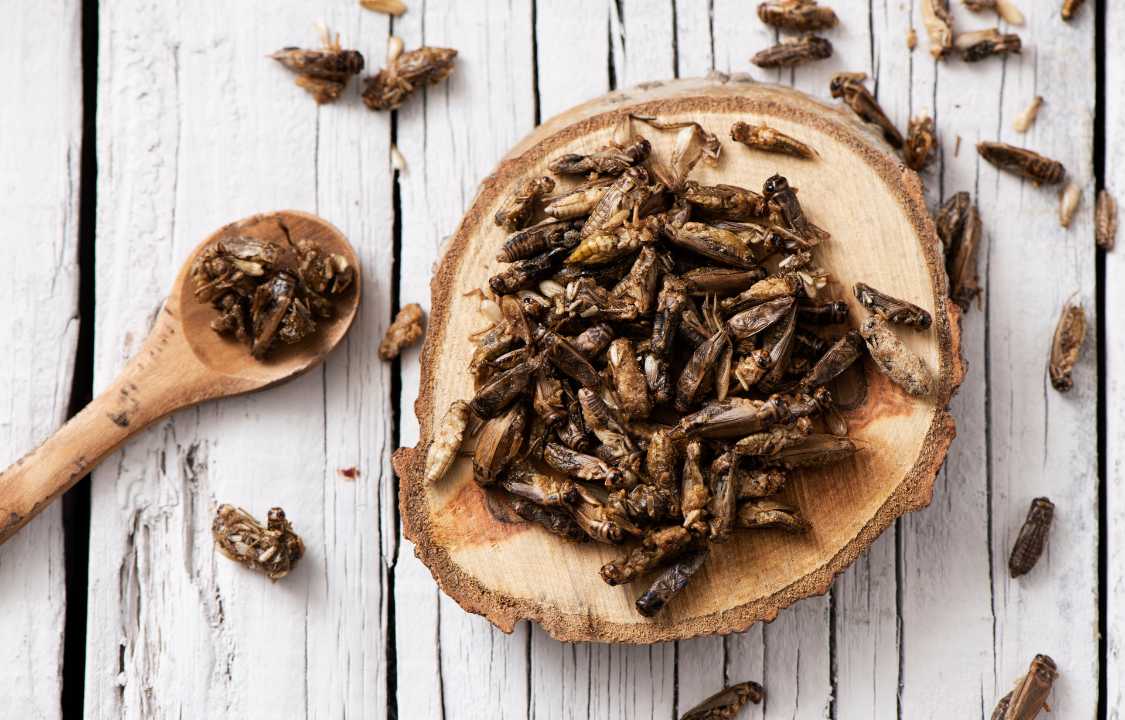Health Benefits
Edible Bugs: Unlocking a Bounty of Health and Ecological Advantages
The tradition of entomophagy, or feasting on insects, spans many cultures and centuries, embodying a unique blend of tradition and necessity. As modern-day challenges in food security and ecological sustainability loom larger, the tiny, often overlooked insects are emerging as substantial carriers of nutrition. This piece illuminates the multiple dimensions of health, nutrition, and environmental stewardship that are intertwined with the practice of integrating insects into our diets.
A Nutrient Bonanza
1. Protein Powerhouse: Insects, ranging from crickets to grasshoppers, are abundant reservoirs of high-grade protein, bearing essential amino acids akin to those found in meats and fish. Their protein quotient oscillates between an impressive 20% to 75% of dry matter, hinting at a lesser-known source of muscle-building nutrient.
2. Mineral and Vitamin Forts: With a stash of crucial micronutrients like iron, zinc, and magnesium, along with a suite of B vitamins, insects parallel, and sometimes surpass, the nutrient profiles of conventional meat sources. Particularly, silkworms and mealworms often stand out for their dense nutritional footprint.
3. Fats that Foster Health: Nestled within insects are beneficial fats like omega-3 and omega-6 fatty acids, revered for their heart-protective, brain-enhancing, and inflammation-quelling properties.
Eco-friendly Food Frontier
1. Emission Curtailers: Farming insects is a low-emission affair, markedly cutting down the release of greenhouse gases and ammonia, especially when pitted against traditional livestock farming.
2. Feed Conversion Champions: Insects display a stellar efficiency in morphing feed into edible body mass. A case in point is the humble cricket, requiring a mere one-sixth of the feed needed by cattle to churn out an equivalent amount of protein.
3. Water Saviors: The aqua-footprint of insect farming is a modest one, demanding only a sliver of water compared to the thirstier conventional livestock.
Fostering Food Security
1. Resilience Bearers: A notable tenacity to withstand drought and diseases makes insects a dependable food source, particularly in hostile or challenging habitats.
2. Local Food Enablers: The feasibility of local insect farming potentially diminishes reliance on far-flung food supply networks, nudging communities closer to food self-sufficiency.
Culinary Creativity
1. Adaptable Edibles: From being ground into flour for baking ventures to jazzing up dishes with a protein punch, insects are a versatile culinary ingredient awaiting creative exploration.
2. Flavor Explorers: The inclusion of insects on the plate unfolds a new realm of flavors and textures, offering a fresh avenue for culinary curiosity and innovation.
Tackling the ‘Eek’ Element
A prime hurdle in the acceptance of entomophagy, particularly in some cultures, lies in the psychological recoil at the thought of eating insects. Yet, through a mix of education, culinary inventiveness, and positive exposures, these mental blocks can be nudged, perhaps eventually toppling the ‘yuck’ barrier.
Safety Spectrum
1. Allergy Alert: A cautionary note for those with shellfish allergies as they might also react to insects.
2. Quality Counts: As with any food, sourcing insects from reputable suppliers ensures a safe culinary adventure, free from contaminants and nested in sanitary conditions.
Venturing into the world of entomophagy not only addresses the pressing nutritional and environmental dilemmas but also lays down a path toward a sustainable, health-centric food system. The case for insects as a food source is strong — they are nutrient-dense, eco-friendly, and potentially a key player in the global quest for a sustainable, nutritious, and secure food future.

